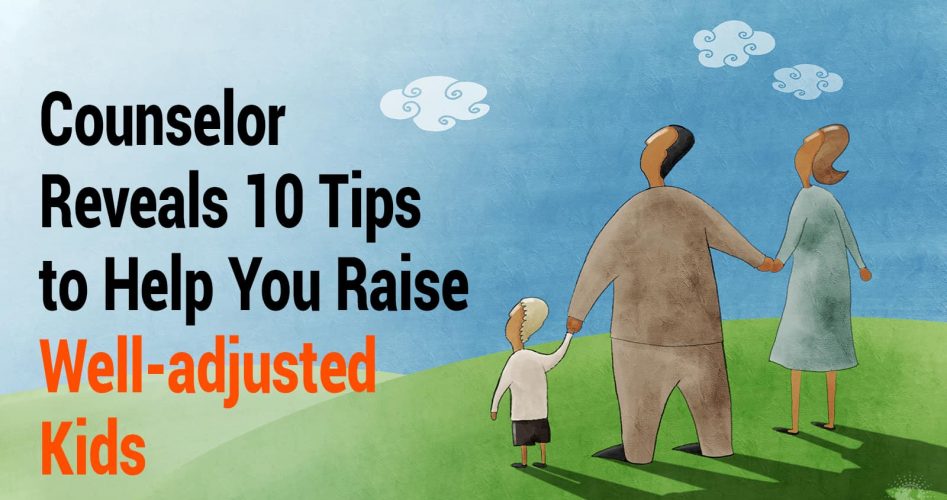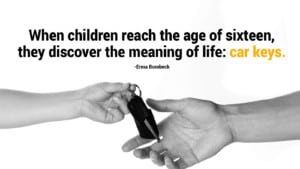Most people don’t know that different stages of a relationship exist, but knowing this can help your relationship succeed. For example, once the honeymoon phase ends, couples start to settle into more of a long-term friendship. They realize that it takes effort and a conscious choice to make the relationship work. Then the real work begins after the butterflies start to fade. Unfortunately, movies and other media outlets have glamorized relationships and given people unrealistic expectations about them.
Many relationships fail because people expect to feel the same way about their partner after years of being together as they did in the very beginning. Of course, after having kids and dealing with life’s responsibilities, those exciting and intense feelings begin to fade. Perhaps this disappointment in reality not living up to fantasy may explain why around half of the marriages in the U.S. end in divorce.
However, if a couple chooses to remain together, they should learn about the different stages of a relationship, so they know what to expect. Below, we’ll go over them in more detail.
Here are ten relationship stages every couple should know about:
While different relationship stage theories exist, we will focus on the one by Dr. Mark Knapp, a renowned professor at the University of Texas. He studied patterns in relationships and was considered an expert in nonverbal communication research. While his model assumes that all relationships will eventually end, as evidenced by the coming apart phases, not all relationships will follow this pattern.
With that said, he came up with ten different stages, broken up into two phases: the coming together and coming apart phases. Let’s go over them more extensively below.
The Coming Together Phase
Relationships don’t all begin in the same way, but they usually have some things in common. Some people meet through online dating sites or in the workplace, while others meet during travels abroad. After the initial coming together phase, most couples will go through the following stages of a relationship.
The Initiation Stage
This phase happens during the dating phase when you both are still getting to know each other. You know that you like one another, but you haven’t committed to each other yet. Right now, you may get together one or two times a week for dates where you gauge your compatibility with this person. You may feel that butterfly sensation in your stomach when you meet up with them, as everything feels fresh and exciting.
The Experimentation Stage
If you decide that you wish to take things further, you get to know them on a deeper level. You may start dating formally and call each other boyfriend or girlfriend. Others begin to recognize you as a couple, and you make this person the center of your world. While you haven’t fallen in love with them yet, you realize the potential in this relationship and want to test the waters.
In this stage, you get to know their values and outlook on things and see if they match yours. While you probably don’t agree on everything, you have enough in common to want to continue dating them.
Intensifying Stage
This time is the real honeymoon stage where everything goes smoothly, and you want to see them as much as possible. After work or on the weekends, you call or text your new beau and make plans to meetup or chat on the phone for a while. You start to feel comfortable enough with this person to where you want to divulge more intimate details about yourself. You find yourself developing deep feelings for this person and may begin to picture a future with them.
Integration Stage
Since you’ve officially become a couple, you start to mesh your lives together. While you may not live together at this point, you still take each other into account when you make plans and revolve your lives around one another. You have routines and habits as a unit, and start to see yourselves as an “us” rather than a “me and you.”
The Bonding Stage
As your relationship deepens, you start to bond more intensely. You may decide to live together or get married because you feel so strongly about each other. You’ve made sure that your ideals and values line up and that your personalities mesh well together. The people closest to you recognize the seriousness of your relationship, and you may decide to make a formal commitment, such as marriage.
The Coming Apart Phase
Unfortunately, not all relationships last forever. While some people stay married for life, many others decide to divorce or break up due to a variety of reasons. If you start to see any of these stages happening in your relationship, it may signal trouble in the near future.
Here are the stages of a relationship in the coming apart phase:
The Differentiating Stage
Whether this happens after months or years together, every couple goes through this phase at some point. Even if the relationship lasts a lifetime, couples will have periods where they don’t see eye to eye on things. They may notice incompatibilities in their personalities or beliefs. They may see themselves as separate people rather than one unit. If you can’t overcome your differences, you may decide to break up during this phase.
The Circumscribing Stage
The stages of a relationship include a phase where you drift further apart, called the circumscribing stage. You may start to set more boundaries for yourself and have more of your life separate from your significant other. You may begin to do things on your own accord without consulting with your partner first. As a result of the distance in your relationship, you may have more arguments or feelings of resentment.
The intimacy steadily decreases, and you may start sleeping in separate rooms or even moving back with friends or family for a while. You still love them, but you don’t see yourself as a unit any longer.
The Stagnation Stage
You feel that the relationship is hurtling toward a dead end. In this stage, you don’t feel devoted to your partner like you used to and don’t see much of a future with them. While both of you may know that things have come to a standstill, you may have a hard time formally ending things. In the coming apart stages of a relationship, you have to decide to either reconcile or go your separate ways.
The Avoidance Stage
In this phase, you try to avoid one another as much as possible. If you still live together, you may have separate lives and only interact if you have to talk about bills or other adult responsibilities. However, any feelings of love or devotion toward your partner have faded. You may start making plans to move out and have a life of your own so you can have closure.
The Termination Stage
In this stage, you make a formal decision to end your relationship. Whether you have hard feelings or not, you realize that you don’t get along anymore and feel it’s best to move on. If you were married, you might start or finalize your divorce. If you had been living together, you decide to go your separate ways. You tell family and friends about your separation as well once you’ve made the decision.
The importance of understanding the stages of a relationship
Many people become confused or overwhelmed about their relationship because of the emotions involved. However, even if you love someone, you may grow apart or realize you want different things in life. Understanding the phases that relationships go through will give you awareness if you and your partner start to drift apart. It will also help you learn when to give a relationship the green light if you’ve just started dating someone.
Final thoughts about the stages of a relationship
Relationships all go through phases, but not all of them will last forever. Some couples can weather the stormy seas, while others decide to jump ship and start over with someone new. Of course, every relationship is unique, and what is right for one couple may not apply to another. No formal rulebook for life exists; we have to make it up as we go.
Therefore, no matter what relationship stage you find yourself in, know that the right person will stand by you through all the phases. If your relationship must come to an end, try to take the lessons you learned from it and keep an open heart for Mr. or Mrs. Right. They will come along when you least expect it, so enjoy your life and go with the flow. Exit a disharmonious relationship gracefully, and wish your ex well along their path in life.
Relationships may seem complicated, but when you find the right person, you’ll have clarity about life that you’ve never felt before.






